The Vauxhall Astra regularly appears in the lower reaches of the monthly top-10 best seller lists alongside its stronger-selling stablemates the Corsa and Grandland X. The virtually identical Opel Astra is a big seller in continental Europe. But this seventh-generation Astra has been around since 2015 and it’s been lagging behind newer rivals like the Ford Focus and Volkswagen Golf that top those sales charts.
Last year Vauxhall introduced a package of improvements to the Astra, the biggest news being a new range of smaller, more fuel-efficient engines, adopted from its new parent company PSA. With new motive power, comprehensive equipment and keen prices, does the revitalised Astra have what it takes to compete?
Engineering and design
The six new engines are all in-line, turbocharged three-cylinder units with contra-rotating balance shafts mounted in the block to improve smoothness. Another feature shared across the range is the use of an integrated cylinder head and exhaust manifold (gruesomely referred to by some as a 'headifold') which is being adopted on more and more engine designs. Merging the exhaust manifold with the cylinder head and providing it with a water-cooling jacket has a number of compelling benefits. It speeds the warm-up of the engine and catalytic converter from a cold start to reduce emissions, can reduce exhaust temperatures leading to efficiency gains, and reduces the overall weight of the engine. It also reduces manufacturing costs and can improve the engine's durability.
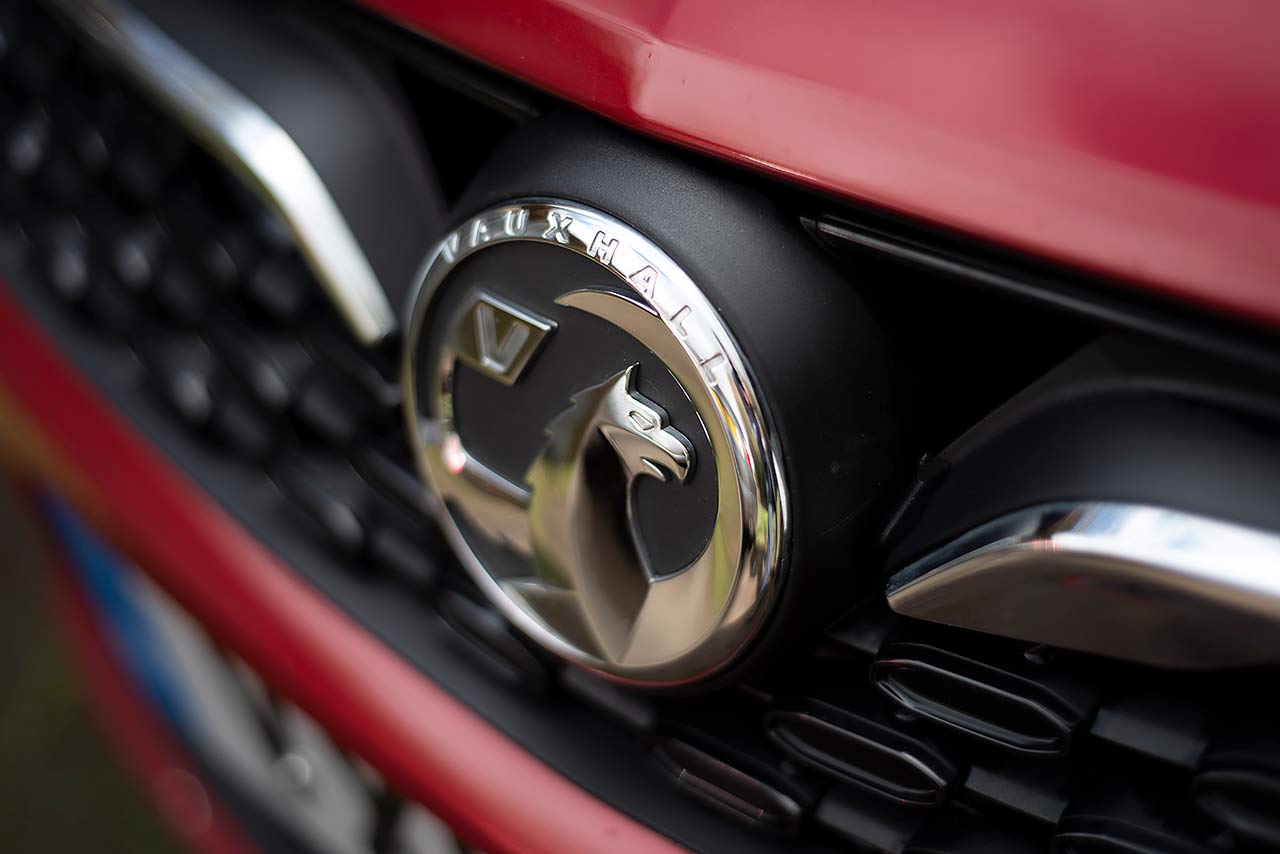
Astra is badged as a Vauxhall in the UK, but the Opel version is virtually identical. Andrew Noakes
The new Astra engine range includes two 1.5-litre diesels, PSA units known as BlueHDi in other models, with 104bhp and 120bhp. They are married to a six-speed manual gearbox or (for the more powerful unit only) a nine-speed automatic. The more popular options are likely to be the 1.2-litre and 1.4-litre petrol engines, from PSA's PureTech range. The 1.4, which develops 143bhp, is only available coupled with an automatic gearbox, which is different to the one on the oil-burner: Vauxhall describes it as a seven-speed CVT. It is a continuously variable transmission which also offers the option of seven discrete gear ratios which can be driver-selected.
The smaller petrol engine is available in three power levels: 109bhp, 128bhp and 143bhp, which means the most powerful of the three, as fitted to this test car, has the same output as the 1.4-litre. It's coupled to a six-speed manual transmission with notably high ratios in the pursuit of fuel economy
Further efficiency gains come from the Astra's slippery shape, which Vauxhall says results in a drag coefficient of just 0.26 - better than the new VW Golf or the Ford Focus. The estate version - Vauxhall calls it the Sports Tourer - is even better at 0.25. But that aerodynamic efficiency is not down to an outlandish, impractical shape but instead the result of careful detail work to refine the airflow around the car. So the Astra has an engine undertray to smooth flow under the front of the car, aero-shaped rear suspension arms, a slightly lower ride height than before and a radiator grille which opens and closes automatically. It remains closed after a cold-start to speed engine warm-up, only opening when cooling air flow to the radiator is required. The active grille alone is said to save 2g of CO2 per kilometre.
The front end of the Astra is its most successful view, with a tidy Vauxhall/Opel family face and bright trim lines drawing the eye to the badge in the centre of the grille. To my eyes the side and rear are less happy, the peak in the window line where it meets the dark rear pillar in particular looking fussy and contrived. But the hatchback latch hidden under the rear badge is a neat idea.
This test car was in Elite trim which offers an extensive list of standard equipment including LED headlights (which are excellent), rain-sensing wipers, and leather upholstery. The front seats are well shaped to provide comfort and some lateral location. Both the front seats and, unusually, the rears are heated.

1.2-litre three-cylinder engine from parent company PSA offers 143bhp and greater efficiency than previous four-cylinder units. Andrew Noakes
Performance and economy
The 1.2-litre, three-cylinder engine sounds coarse starting from cold and even when warm it has the characteristic urgent thrum of a triple. But a three-cylinder engine is free from the vibration period in the middle of the rev range that four-cylinder units suffer from, and this one revs smoothly up to 6000rpm.
Vauxhall claims a 0-60mph time of 8.8 seconds. Getting anywhere near that requires some finesse, as the turbo engine easily drops out of its most productive mid-range if the clutch (which has quite a meaty action) is engaged rapidly. The maximum engine speed is not clearly marked on the tachometer, so it's easy to hit the limiter when striving for the ultimate in performance.
Drive with a little more reserve and the 1.2-litre three gives a good account of itself, with hefty mid-range torque that means it responds well in most driving conditions. But you need to keep the motor spinning to get the best out of it, often using one gear lower than you would in other cars. Driven like that the fuel consumption will suffer: official figures suggest miles per gallon in the low 50s and while that is certainly achievable with restraint, on our test over a wide variety of roads and traffic conditions, the trip computer was mostly showing 30-50mpg.
An automatic stop-start system helps to eke out the miles by shutting down the engine when the car is stationary. Although it restarted quickly, I found the delay before the starter was operated could vary – sometimes leaving you ready to go but without any power.
Away from the city the Astra cruises open roads with low levels of wind and road noise. The engine noise than accompanies hard acceleration dies away, making the Astra an effective tool for long motorway journeys.
Handling and ride
Despite 17-inch wheels carrying 45-series tyres – more for looks than function – the Astra has a well cushioned ride. But it's better at big bumps than small ones: occupants are largely isolated from visible lumps and potholes but still feel ripples and joints in the tarmac.
The Astra's steering is consistently weighted and has a precise feel with no lost motion at the straight ahead – the moment you turn the wheel the car reacts. Roll is well controlled and though mid-corner bumps unsettle the rear suspension they don't cause the Astra to alter its line in a bend.
It's not the most exciting car to drive, but then that's not the job it's trying to do. As a family hatchback it aims to have safe, secure, predictable handling and judged against those criteria it's very successful.
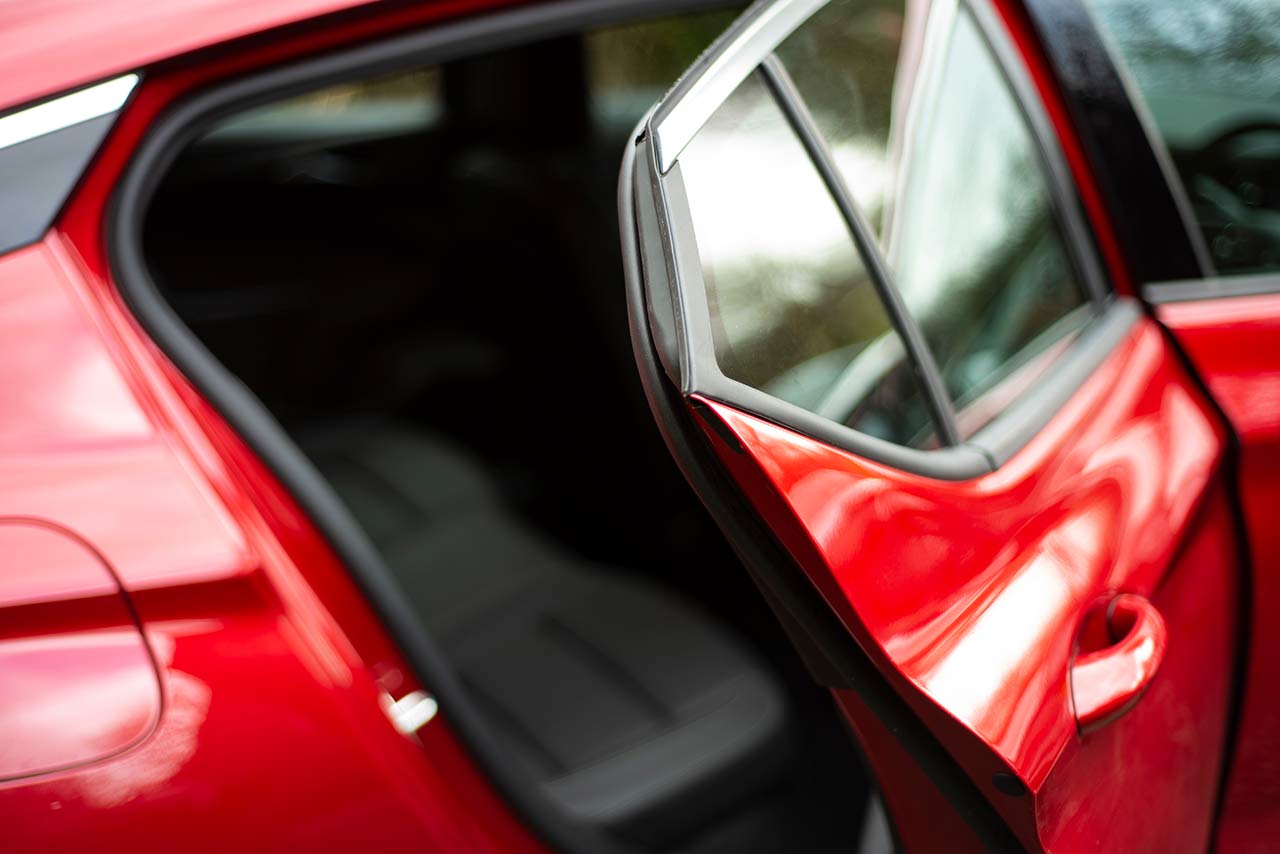
Sharp corner at the back of the rear door is just the right height to dig you in the chest if you're careless. Andrew Noakes
Interior and convenience
There's plenty of room for four, and a fifth passenger can be squeezed into the centre of the rear seat but only if the three in the back are narrow or friendly. Small children might struggle to see out due to the high window line. Getting kids in and out will be easier thanks to the wide-opening rear doors, but it's as well to watch out for the sharp corner sticking out at the back of the door which can catch you in the chest if you're not careful.
Boot space is about average for the class, substantially smaller than the cavernous compartment of a Honda Civic. Easy-to-use catches on top of the rear seats allow the backs to fold forward to expand the luggage space, but they don't fold completely flat making it harder to load large items. The high lip of the tailgate aperture also makes life difficult.
Oddments space around the cabin is good, with a small but useful tray ahead of the gear lever and two cup holders between the seats. There are door bins on all four doors which look small but are quite deep, so hold more than you think. The glovebox is also a useful size.
Cabin has good stowage space and driving position is multi-adjustable. Andrew Noakes
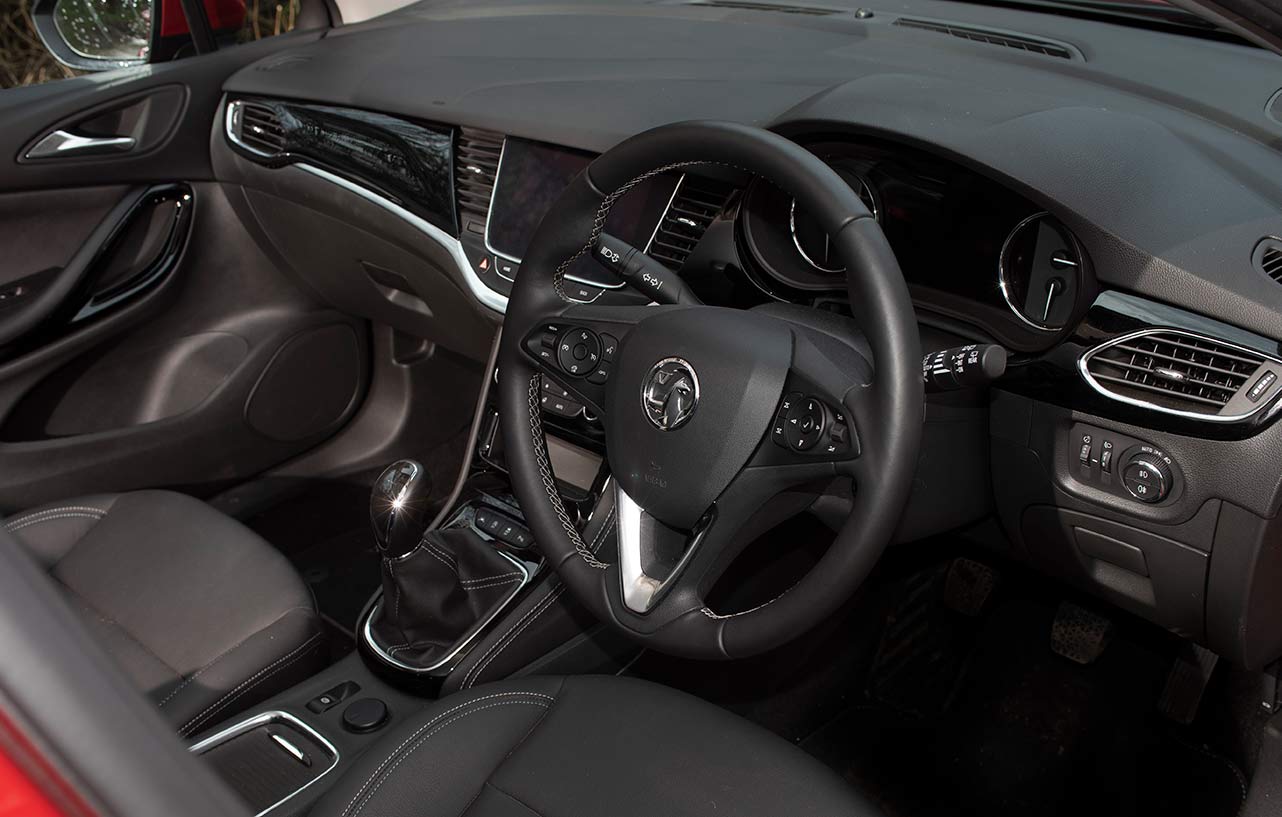
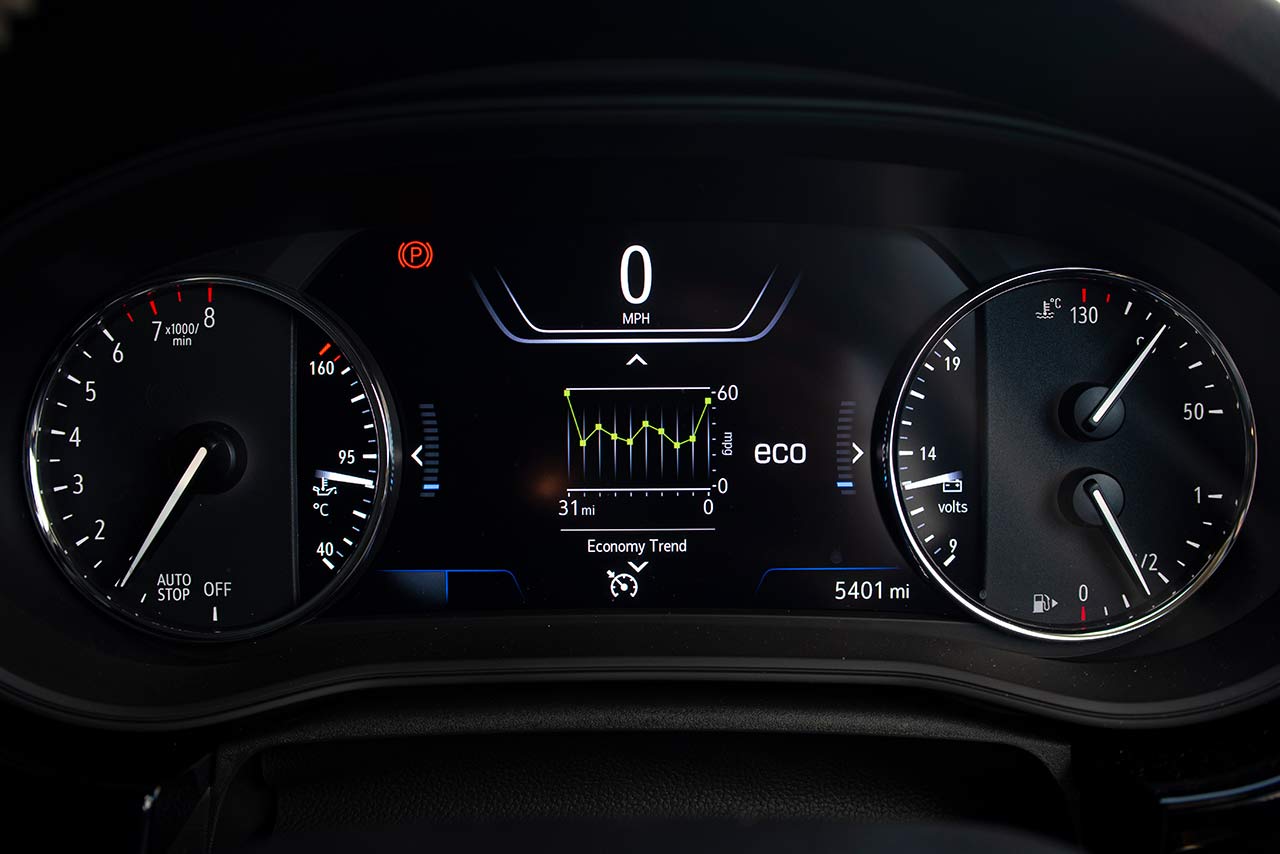
Instruments are clearly marked. MPG history in the centre is useful. Andrew Noakes
The driving position is mostly good, and easy to alter thanks to a height-adjustable driver's seat and a steering wheel with reach and rake adjustment. But I found that if I put the steering wheel where it was most comfortable, the wheel rim obscured the top part of the instrument panel, crucially covering half of the digital speedo and the high-beam warning light.
Specifications
Engine 1199cc in-line three, aluminium alloy block and head, turbocharged, direct fuel injection, twin belt-driven overhead cams, four valves per cylinder, variable intake and exhaust valve timing. Maximum power 143bhp at 5500rpm, maximum torque 166lbft at 2000-3500rpm.
Transmission Six-speed manual gearbox, front-wheel drive
Suspension Front: MacPherson struts and anti-roll bar Rear: Torsion beam, Watt's link
Brakes Discs front and rear. Anti-lock. Electric handbrake.
Wheels and tyres 17-inch multispoke alloy wheels, Continental 225/45R17 tyres
Performance Maximum speed 137mph, 0-6omph 8.8 seconds (manufacturer's figures)
Dimensions Length: 4370mm Width: 1809mm Height: 1485mm Kerb weight: 1280kg Cargo capacity min-max: 370-1210 litres
The instruments themselves are an odd mixture of clarity and chaos. They're generally well marked, but there's that vague red line on the tacho. The oil temperature gauge and voltmeter are of little practical use and just serve to clutter up the cluster. But on the plus side there's a useful central information display including a fuel consumption history plot which helps when trying to eke out the most miles from each gallon.
Verdict
In most areas the Astra impresses. It is refined and has tidy road manners. The three-cylinder engine is capable of useful performance or parsimonious economy depending on how the driver chooses to use it. There are some ergonomic flaws but overall it's a car that has plenty to offer. It deserves to sell well, and not just because of its keen prices.
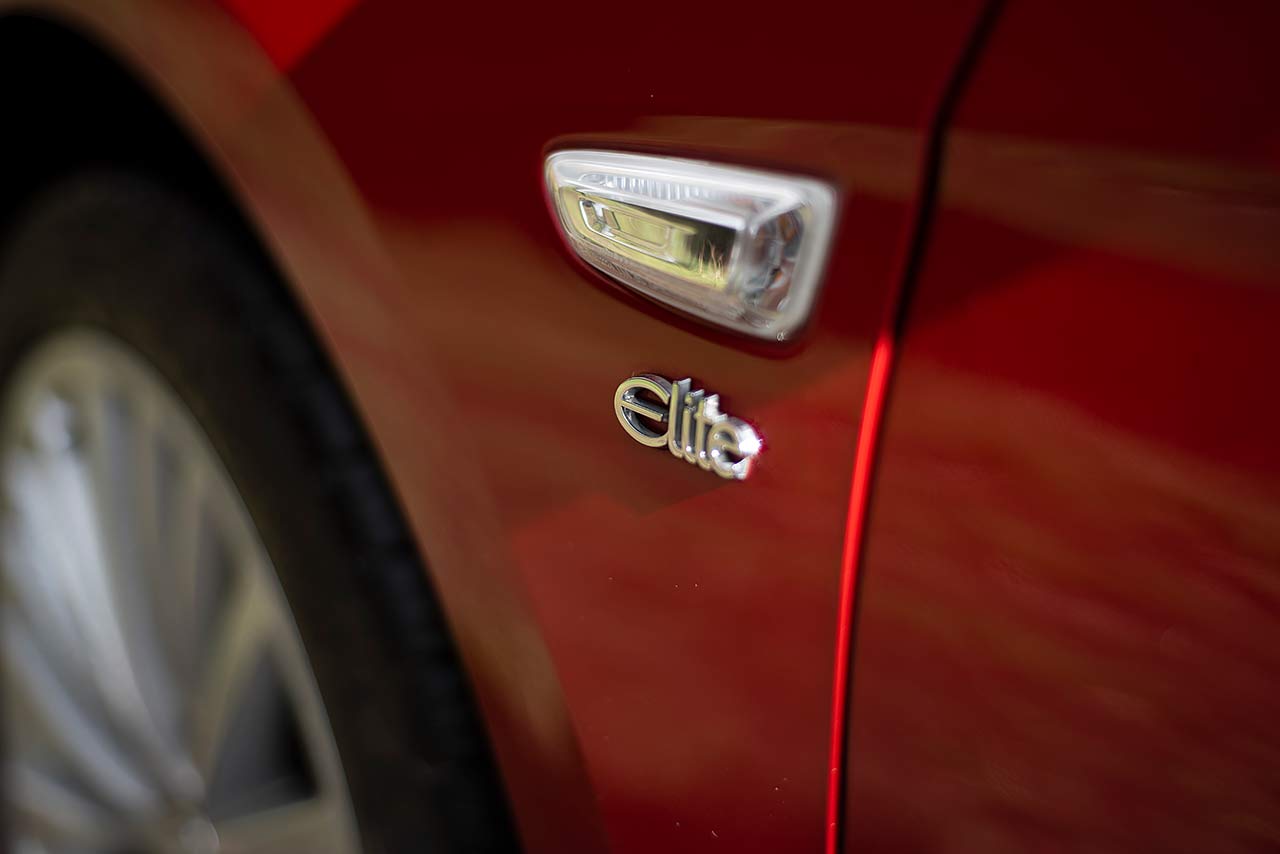
Vauxhall Astra Elite NAV 1.2 Turbo 145
List price on the road: £23,955. Options: Steel emergency spare wheel £110, Vauxhall Emergency Call £415, front and rear parking sensors £480, heated windscreen £320, traffic sign recognition and pedestrian protection £275, Hot Red paint £655 Price as tested: £26,210
